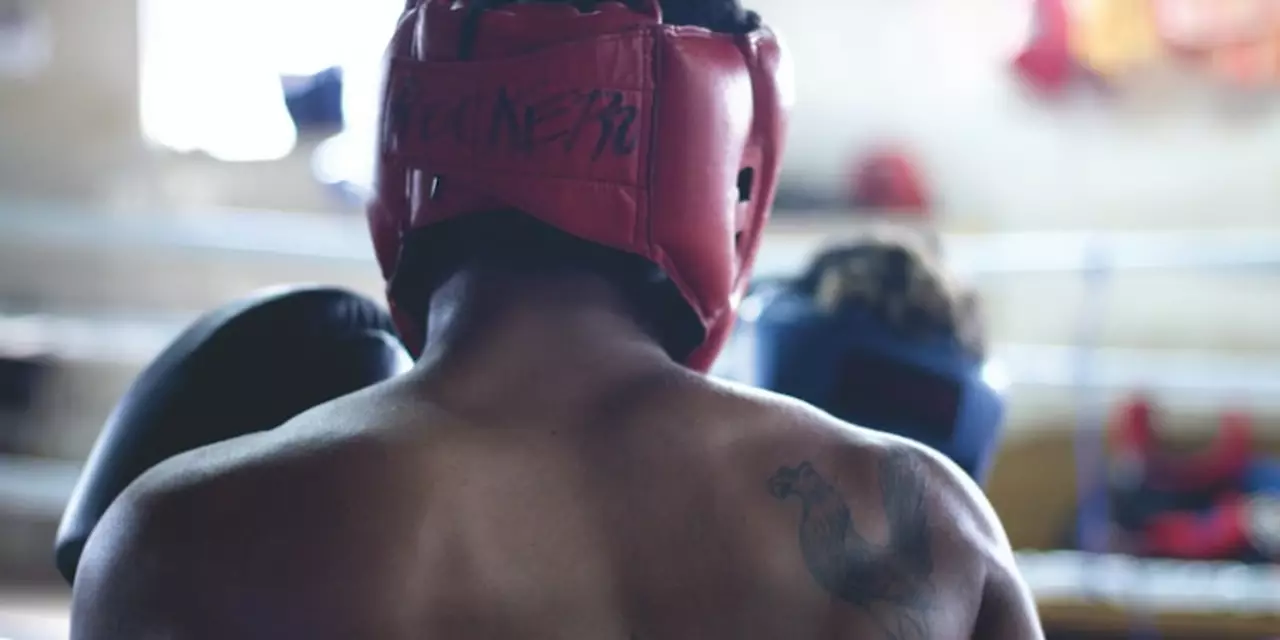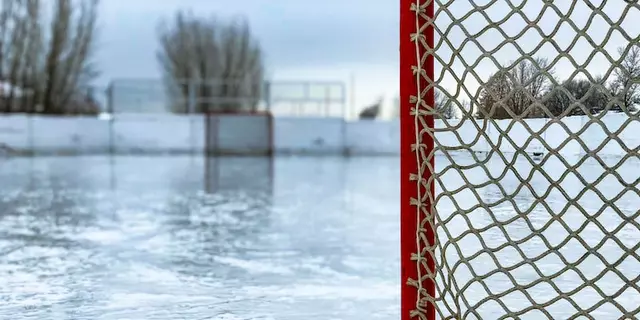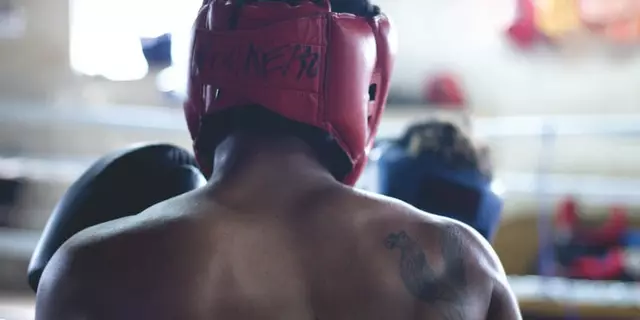What you need to know about hockey fights
When you hear "hockey fight" you probably picture two big guys throwing punches and blood everywhere. The reality is a bit different. Most fights on the rink end without serious injury or a flood of blood. That’s because the sport has rules, equipment, and a culture that tries to keep things under control.
Why fights happen in hockey
Players fight for a few reasons. Sometimes it’s to protect a teammate who’s been hit hard. Other times it’s about changing the momentum of a game – a big hit, a quick scuffle, and the crowd gets a burst of energy. A lot of guys see a fight as a way to settle a dispute without breaking the larger flow of the match.
But not every altercation turns into a full‑blown brawl. The referee can step in early, hand out penalties, and stop things before they get messy. The goal is to keep the game moving while giving players a chance to vent frustration.
How the rules limit blood and danger
League rules are strict about fighting. In the NHL, as soon as a fight starts the referees watch for dangerous blows – anything that targets the face or head aggressively can lead to a game misconduct. Players also wear helmets with cages, which protect the face from direct punches.
When a fight does get ugly, the league can hand out suspensions, fines, or even ban a player for the rest of the season. Those penalties act like a deterrent; most players know that a single out‑of‑control fight could cost them a lot.
Medical staff are always on standby. If a cut does open, a quick tap‑on‑the‑nose or a small bandage usually stops the bleeding fast. That’s why you rarely see a pool of gore on the ice – the crew is trained to handle it in seconds.
Another safety factor is the culture of “drop‑the‑glove” among veterans. Younger players learn early on that a fight isn’t a free‑for‑all. They’re taught to keep it short, stay inside the rules, and protect each other from serious harm.
If you’re a player worried about fighting, focus on staying calm, using proper technique, and knowing when to walk away. Good conditioning, strong neck muscles, and a solid grip can reduce the chance of a nasty injury if a scuffle does happen.
Fans also play a role. Cheering for a clean, fast game rather than a blood‑fest keeps the atmosphere healthier for everyone. Many clubs now promote “respect on the ice” campaigns to remind supporters that the sport is about skill, not just fights.
In short, while fights are a part of hockey history and still happen, the sport’s rules, equipment, and attitudes keep the blood to a minimum. Most of the time a fight is a quick, controlled showdown that ends with a few punches, a slap on the back, and a return to normal play.
So the next time you watch a game and see a fight, know that it’s not about creating a horror show. It’s a regulated part of the sport that, when handled right, adds excitement without turning the rink into a battlefield.
This article explores what would happen if a boxer and a hockey player were to fight each other. It is suggested that the boxer would have a considerable advantage due to their boxing skills, hand-eye coordination, and experience in the ring. The boxer would also have better reflexes and be able to use their footwork to evade the hockey player’s attacks. The hockey player, on the other hand, would have the advantage of greater physical strength, size, and the ability to use their stick to strike the boxer. Ultimately, it is argued that the boxer would likely win the fight due to their superior boxing skills and experience.
Read more
This article discusses what would happen if a fan were to fight a hockey player during a game. It is highly unlikely that a fan would win in this situation, as hockey players are trained to fight and are usually much larger than regular fans. In addition, players are protected by referees, linesmen, and other team personnel who will intervene if a fight does occur. If a fan were to fight a hockey player, they could face criminal charges or be banned from attending future matches. There is also potential for serious injury to the fan, as hockey players are powerful athletes who are trained to fight. In summary, fighting a hockey player is not advised and could have serious consequences for the fan.
Read more






